What are the biggest threats that can end humanity?
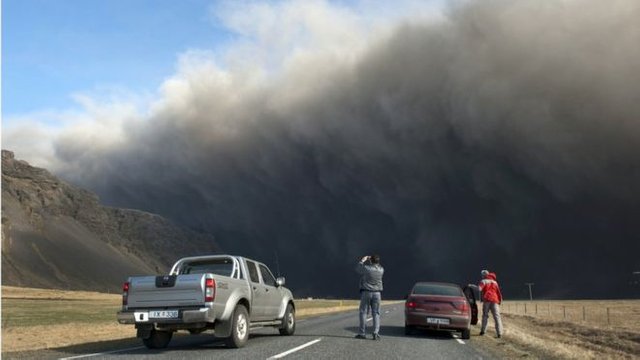
The extinction of humanity is something that has worried the inhabitants of the Earth for generations, but far from being a natural disaster of great dimensions, the truth is that it is more likely that, if it happens, we are the real responsible.
The collective imaginary usually thinks of great disasters like an asteroid in the style of the movie Armageddon or in an alien invasion like the one portrayed in "Independence Day", starring Will Smith.
And although it is possible that there is a possibility of a dramatic ending, focusing on such scenarios can make us ignore existing threats that are much more serious nowadays.
Volcanic threats
In 1815, an eruption of Mount Tambora, in Indonesia, killed more than 70,000 people.
The atmosphere was covered with a volcanic ash that significantly reduced sunlight. So much so, that that year is known as "the year without summer".
Lake Toba, on the other side of Sumatra, tells an even more sinister story. It originated after a super volcanic eruption 75,000 years ago and its impact was felt throughout the world.
Many scientists believe that it was the cause of a significant reduction of the first humans who inhabited the Earth, although there is another part of the scientific community that questions it.
But while the prospect of a super volcanic eruption is frightening, we should not worry too much.
Super volcanoes and other natural disasters, such as an asteroid impacting Earth or a star that explodes in our cosmic neighborhood, are no more likely in this 2019 than any other year.
And still, the possibilities are really remote.
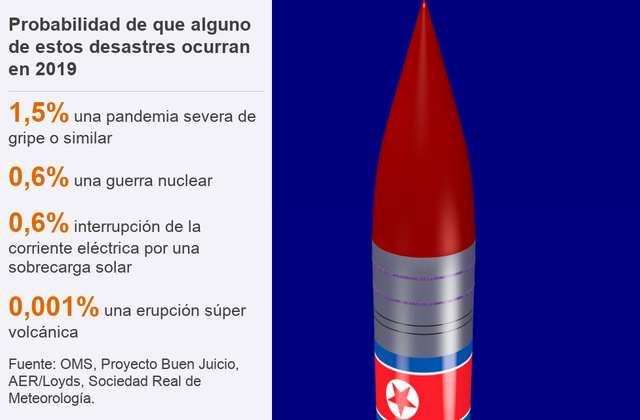
Real (and growing) threats
But the same can not be said of many global threats created by ourselves, humans.
For example, the World Health Organization and the World Economic Forum identified climate change and its effects as one of the main risks for 2019.
At the United Nations headquarters, it was said that climate change was already "a matter of life and death" for many regions of the world.
The threats are complex and diverse, from killer heat waves to rising sea levels or widespread famines and migrations on a truly gigantic scale.
Potential new technologies such as artificial intelligence also pose a potential risk.
These advances can lead to increasingly sophisticated cyber weapons that could contain the data of an entire nation with the intention of achieving a rescue. Or autonomous algorithms that could cause a collapse in the stock market.
And we must not forget the possibility of a nuclear war.
While many focus on increasing tensions between the big powers, new technologies also put us at risk.
This is because a combination of nuclear and conventional weapons and the dangers of artificial intelligence can contribute to unleashing a war of this kind.
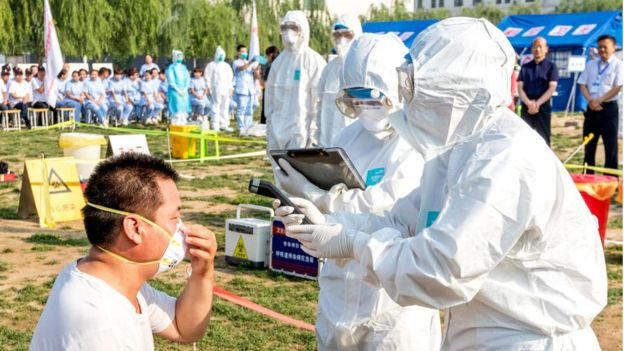
Another growing risk is that of global pandemics. It is believed that the flu, for example, kills an average of 700,000 people per year, costing the global economy about US $ 500,000 million annually.
The density of the population is increasing and people are increasingly traveling, increasing the possibility that diseases such as influenza spread faster and on a larger scale.
And this worries, taking into account the antecedent of the Spanish flu of 1918 that killed 50 million people.
Know the real danger
Fortunately, there are mechanisms available to scientists and governments that allow us to know how likely these threats are. These are some examples:
Analyzing historical or geological records can track some events, such as super volcanoes and asteroid impacts.
Finding some precedent. When scientists explored the risk that the CERN reactor could pose, they observed similar environments that occur in the stars.
Building scenarios Scientists use sophisticated atmospheric models to explore what the climate will look like in the future, for example. When this is not a possibility, war games and other exercises that offer some perspective of what might happen are devised.
In addition, many governments, such as the United Kingdom, have a national risk register that includes everything from floods to diseases.
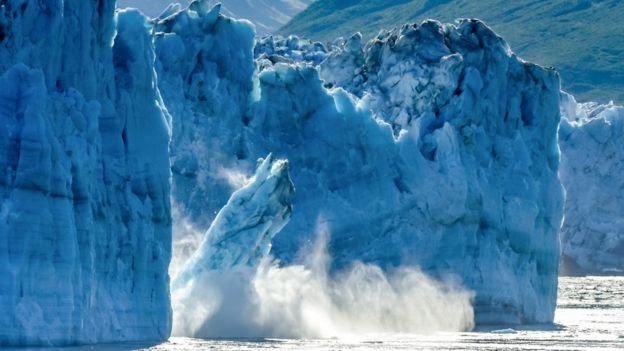
A complicated future
But although these threats exist, the biggest danger we face in 2019 from a global perspective is another.
With almost 8,000 million people living on Earth, we are increasingly dependent on the natural resources needed to support us all. These are food, water, clean air, energy and also the global economy that turns them into goods and services.
The decline in biodiversity levels, infrastructures and supply chains means that many of these resources are overburdened and on the verge of collapse.
And climate change only makes things worse in this regard.
So in reality, the big global risks are not so much a matter of the size of the disaster that caused them, but of the potential they have to alter these vital resource systems for our subsistence.
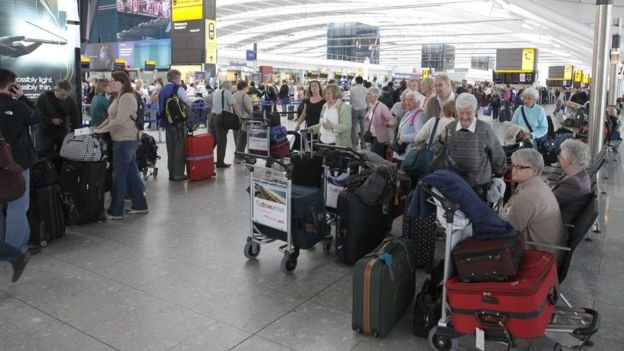
A recent example shows the potential of some threats and the domino effect they cause.
The 2010 eruption of the Eyjafjallajökull volcano in Iceland did not kill anyone, but it closed air traffic in Europe for six days.
And in 2017, a relatively unsophisticated attack with the WannaCry computer virus shut down parts of the British public health service and other organizations around the world.
Since for almost everything we depend on technology, electricity and the internet, anything that can interrupt its normal operation has enormous consequences.
Reduce risks
But not everything is bad news. There are ways to reduce those risks.
An old legend of King Canute of Denmark tells that he ordered the sea to retire so that he would stop eating land to his kingdom.

He knew he could not stop the tide, but the fact is that the Danes have gained shoreline for generations by building dams and draining swamps to protect themselves from the sea that threatens their soil.
So sometimes it is better to protect ourselves by thinking of ways to make humanity more resistant to the disasters that are to come.
And this could give us the best way to ensure that 2019, and beyond, are safe years.